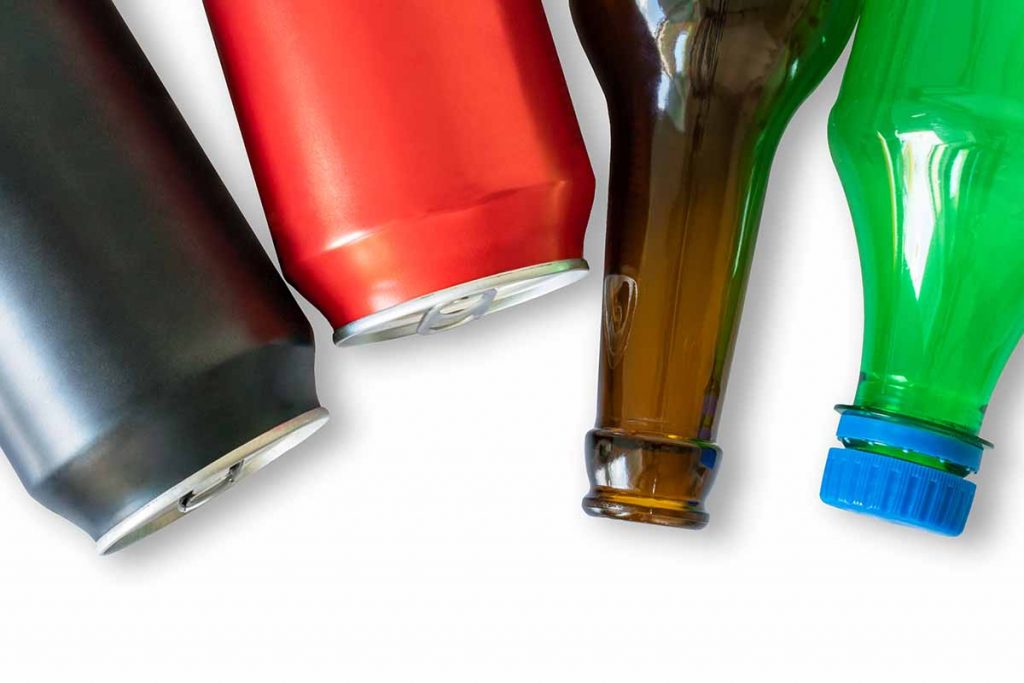
Researchers found that plastics can offer lower greenhouse gas emissions than substitutes in a number of use cases. | VanderWolf/Shutterstock
The severe impact of plastic ocean pollution has long been recognized, but research firm McKinsey wants to inject some of plastic’s climate benefits into the collective materials usage discussion.
The company last month issued a paper that explored the climate impacts of various plastic products, comparing durable and non-durable products made of plastic to alternative materials, including paper, metals and glass.
The analysis explored the direct greenhouse gas (GHG) impacts of producing and using materials as well as the indirect impacts, such as fuel efficiency in vehicles, preventing food spoilage and enabling energy efficiency.
“Plastics are ubiquitous across the global economy and the subject of frequent debate, from their impact on marine pollution to their recyclability,” according to a McKinsey post introducing the paper. “However, their role in enhancing use efficiencies, such as decreasing food spoilage and reducing greenhouse gas (GHG) emissions, is often overlooked.”
The report compared the following 14 different product types: grocery bags (HDPE versus paper), wet pet food packaging (PET/PP versus aluminum or steel), soft drink bottles (PET versus aluminum), fresh meat packaging (EPS/PVC versus paper), industrial drums (HDPE versus steel), soap containers (HDPE versus glass), municipal sewer pipes (PVC versus concrete or ductile iron), residential water pipes (PEX versus copper), insulation (PU versus fiberglass), furniture (PP versus wood), hybrid fuel tanks (HDPE versus steel), battery electric vehicle battery top enclosures (PP/glass fiber versus steel), carpet (PET/nylon versus wool), T-shirts (PET versus cotton), milk containers (HDPE versus paper) and water cups (EPS versus paper).
Looking at both direct and indirect impacts of producing and using those products, in 13 of those 14 test cases, the plastic version produced lower GHG emissions, according to the McKinsey report’s authors. The exception was the industrial drum, which generates more greenhouse gases during production but lasts twice as long and is typically recycled at end-of-life.
The report’s authors acknowledged their analysis looked at only one aspect of materials use, GHG generation, and didn’t address the important consideration of marine pollution.
They also state that in a low-carbon, high-circularity economy, the benefits of plastics relative to materials such as aluminum diminish. Europe may have already achieved such an economy.
The authors also note that their analysis showing the benefits of plastics doesn’t “diminish the industry’s need to continue improving environmental performance, including meeting net-zero targets, achieving significant improvements in recycling, and eliminating leakage to the environment.”
After the report’s publication, a pro-plastics publication highlighted the document while a prominent anti-plastics activist criticized it.
More stories about research
- Global recycling patent trends may reflect legislative push
- New report explores the future of CPG packaging goals
- RIT researchers develop AI-based textile recycling system